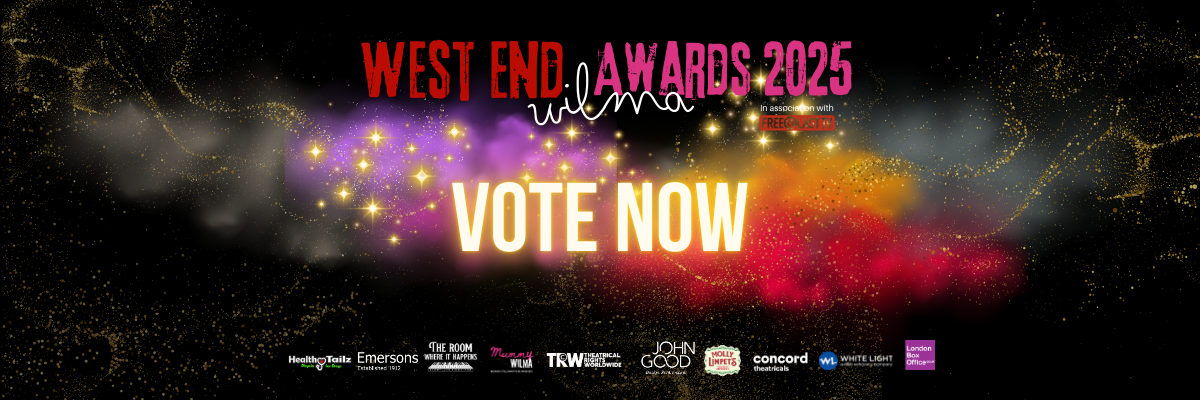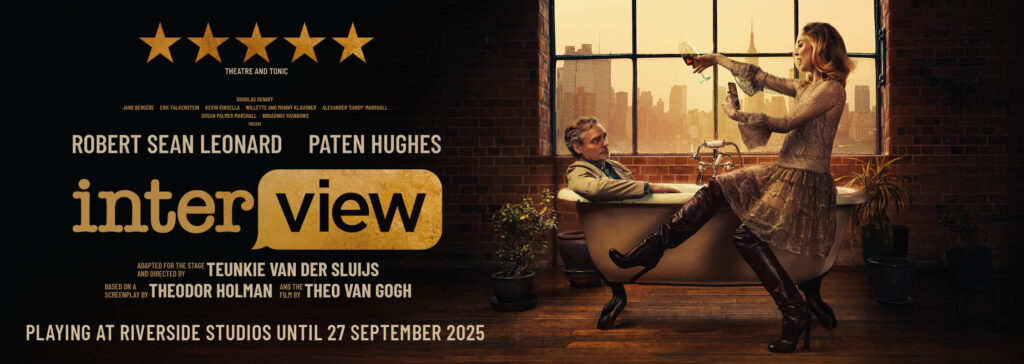 A large, well-lit stage: 10 chairs, 1 large table. 6 clowns, dressed identically in checked suits, stroll in and take a seat, staring at one another. Silence. Then, jovial music begins to play, and lyrics about “starting a fight” echo throughout the theatre. It wouldn’t be right to ruin what happens next – but the words ‘eruption’ and ‘chaos’ probably do it justice.
A large, well-lit stage: 10 chairs, 1 large table. 6 clowns, dressed identically in checked suits, stroll in and take a seat, staring at one another. Silence. Then, jovial music begins to play, and lyrics about “starting a fight” echo throughout the theatre. It wouldn’t be right to ruin what happens next – but the words ‘eruption’ and ‘chaos’ probably do it justice.
Indeed, what looks like utterly joyous, improvised mayhem is in fact very tightly rehearsed and structured – a long series of scene repetitions with meticulously executed, subtle differences between each one. This performance has the potential to invoke a variety of reactions in its audience – some might absolutely love it, others might wander out of the theatre thinking of all the things they could have been doing for 90 minutes instead. The enjoyment of a unique piece of work such as this – a piece that harbours on the edge of surrealism and doesn’t follow a conventional plot-line – is best enjoyed with an open mind and a desire to explore a less standard theatrical piece.
The clown personality is characterised here as a complex one. Unlike in standard theatre, we are not given carved-out personalities existing within set story arcs. Our clowns are voiceless, communicating mainly via eruptions of expressive movement: throwing themselves on the floor, jumping high, experimenting with speed and shapes. Their faces are painted in white, black and red in a lazy, haphazard fashion that gradually becomes messier as the actors tumble around and sweat heavily, so that they appear utterly wild with distress. They aren’t asking for our pity or our laughter, or for us to like them – they just ‘are’. They execute their activities in a monotonous, resigned way, as if accepting that they are perpetually stuck in in this odd, never-ending cycle of filling time without much purpose.
It wasn’t clear at first, but the audience is invited into this sense of timelessness by being forced to be patient with the clowns. For minutes upon minutes we would be waiting for something to happen, as a clown paces silently around the stage, unremarkable and calm. By virtue of waiting, we become glued to the clowns’ bodies, and therefore very involved. I felt a wash of excitement and – and at times, adrenaline – when the stage suddenly exploded with action, or a subtle but very amusing action would occur, as we were almost being ‘rewarded’ for waiting.
Tension and anticipation are hard to build within the minds of a modern audience – we live on the desire for instant gratification, spoilt by shows and movies that set out to thrill at every turn. Out of Order pushes patience to its limits, and whist I’m unsure of whether they press it a little too far at times and cause irritation in its audience, in seconds they redeem themselves with some subtle action that fills the room with laughter. This is a study on the modern live audience: how hungry are we to find out what’s going to happen next? How long will we wait for it?
Delightfully ridiculous, pleasingly pointless and annoyingly enthralling – Forced Entertainment have created a show that will stay with you for days afterwards. It may be because you’re haunted by the smeared, intriguing faces of the clowns, or because you can’t get that first damn song out of your head after hearing it ten times. Or, it could be that you are pondering the ways in which its aimless events have actually made you think – how similar or dissimilar we all are to these clowns, living lives of monotony and routine, bickering over small things, wandering around confused and unfulfilled – and whether the clowns are really as unfortunate as we think them to be.
Out of Order is a truly unique piece of theatre that will warm your heart for its bold, harmless absurdity.
Reviewed by Laura Evans
Photo: Hugo Glendinning
_____________________________________________________________
Buy tickets to West End theatre shows (some great discounted offers)
Subscribe to my mailing list for all the latest theatre news, special offers and competitions
FOLLOW WEST END WILMA


